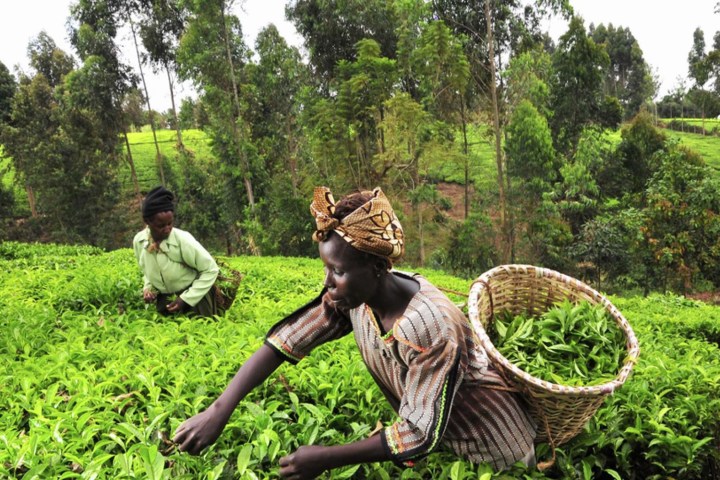
A team of researchers at Pennsylvania State University and the École Polytechnique Fédérale de Lausanne, Switzerland have turned the keen eye of artificial intelligence toward agriculture, using deep learning algorithms to help detect crop disease before it spreads.
“If it can do faces it can do plant diseases.”
Most crops in developed regions are farmed through large-scale operations, where sufficient finances and manpower help tackle disease early on. In developing regions, up to 80 percent of agricultural production is conducted by smallholder farmers, according to the study published in Frontiers in Plant Science. These small-scale operations are more prone to the devastating effects of crop disease, which can wipe out entire crops and lead to localized or widespread famine. The issue is made worse by the fact that as many as 50 percent of the world’s hungry population lives in smallholder farm households, with too few resources to address crop disease quickly.
Machine vision has excelled in training cars to drive autonomously, diagnosing cancer, and in pinpointing your friends in photos, and this new application is ripe (so to speak) for evaluation.
“We knew that machine learning would be the game changer it’s now showing itself to be, from better search engine results to self-driving cars,” co-author of the study and Penn State professor, David Hughes, told Digital Trends. “And the lessons from deep learning in Facebook was a big motivation,” he said, referring the social media giant’s developments in image recognition. “So, we thought if it can do faces it can do plant diseases.”
Along with lead author Sharada Mohanty and co-author Marcel Salathé of EPFL, Hughes developed a program that’s fast, efficient, and compact enough to pack into a smartphone. They trained the algorithm by feeding it huge datasets — over 50,000 images — gathered as a part of PlantVillage, an open access online archive of plant photos including images of plant disease. With this data, the researchers trained the algorithm to identify 26 different disease in 14 different plant species.
After the training phase, the program performed with 99.35 percent accuracy, giving any smartphone user the ability to identify diseases with the eye of a well-trained expert.
“We are constantly improving,” Hughes said. “This is through the use of more data and more refined algorithms. We hope to have this in a phone in the coming months. We are a small outfit so with more fuel we could make more things happen for the common good. After all, we need to. The world is racing towards nine billion people and feeding them is our unique challenge — we believe computer scientists are crucial to this effort.”
Editors' Recommendations
- Photoshop AI thinks ‘happiness’ is a smile with rotten teeth
- How will we know when an AI actually becomes sentient?
- The BigSleep A.I. is like Google Image Search for pictures that don’t exist yet
- This A.I.-powered app can spot skin cancer with 95 percent accuracy
- The house appraiser of the future is probably an A.I. algorithm


